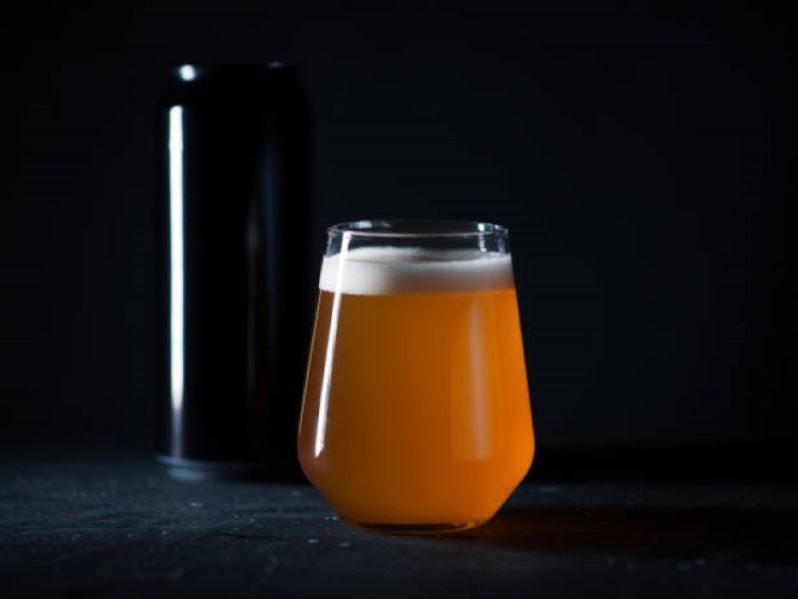
To say that there are a lot of beer styles is a massive understatement. Beer beginners might feel overwhelmed even when it comes to classifying popular beer styles like lagers, stouts, and IPAs. This is before you even get into offshoots of the lager, such as pilsners and Vienna lagers or barrel-aged or imperial stouts and double IPAs, New England-style IPAs, and even milkshake IPAs.
While the ginormous beer tree seems to grow a new beer style branch every few months, there are roughly around 100 different styles currently being brewed worldwide. That’s an awful lot of beer to pay attention to, let alone be knowledgeable about. But fear not, ordering a pint at your local bar or brewery won’t come with a questionnaire asking you to name the various styles. Still, it’s always a good idea to learn a little bit about some of the lesser-known styles in case you ever want to carry on an intelligent conversation with a beer fan. Today, it’s the Gose style of beer’s turn.
What is a Gose?

If you’ve paid any attention to the American craft beer world in the last decade-plus, you’ve probably seen a lot of beers in your local beer store or grocery store labeled as a “Gose.” Maybe you’ve never tried it. Well, we’re here to say that you should. It’s the kind of beer that needs to be tasted to be believed. When it comes to beer, it’s unique.
Technically, it is a wheat beer, but this top-fermented beer gets added flavor from the addition of coriander and salt. It’s also fermented with lactobacillus bacteria to give it a tart, sour taste. It’s usually low in alcohol at less than 5% ABV. This makes it a session beer.
What does it taste like?

The Gose style is known for its low alcohol content and light and fruity body with a sour, tart, gently spiced, and salty flavor. In a world of hoppy, bitter, piney IPAs, this sour, tart, salinity-filled beer is a welcome respite. It’s refreshing, crisp, dry, and well-suited for a hot, humid day. To add to that, many brewers elevate the beer by adding various fruit flavors like key lime, tangerine, grapefruit, berries, and even cherries.
What is the Gose style’s history?

While fairly new to the American beer scene, the Gose style can be traced to the 13th century in the town of Goslar in Germany. Initially, the beer got its salty flavor from the high salinity in the water used by the breweries, but today, brewers simply add salt to give it the added saline kick.
While it started in the Lower Saxony town we mentioned earlier, it was popularized in the city of Leipzig, where you’ll still find some of the most popular Gose-making breweries today. It only became popular in the US in the last decade, with the first widely popular American coming from Vermont’s Lost Nation brewers. It was called “Gose”. Beers from brands like Anderson Valley and Westbrook followed this beer.
Where to start your Gose journey

Your best bet is to either start with a Gose from Germany like Leipziger Gose. Then try a simple American take on the style like Lost Nation Gose or Westbrook Gose. Then work your way up to a flavored Gose like Creature Comforts Tritonia or Anderson Valley Briny Melon.



